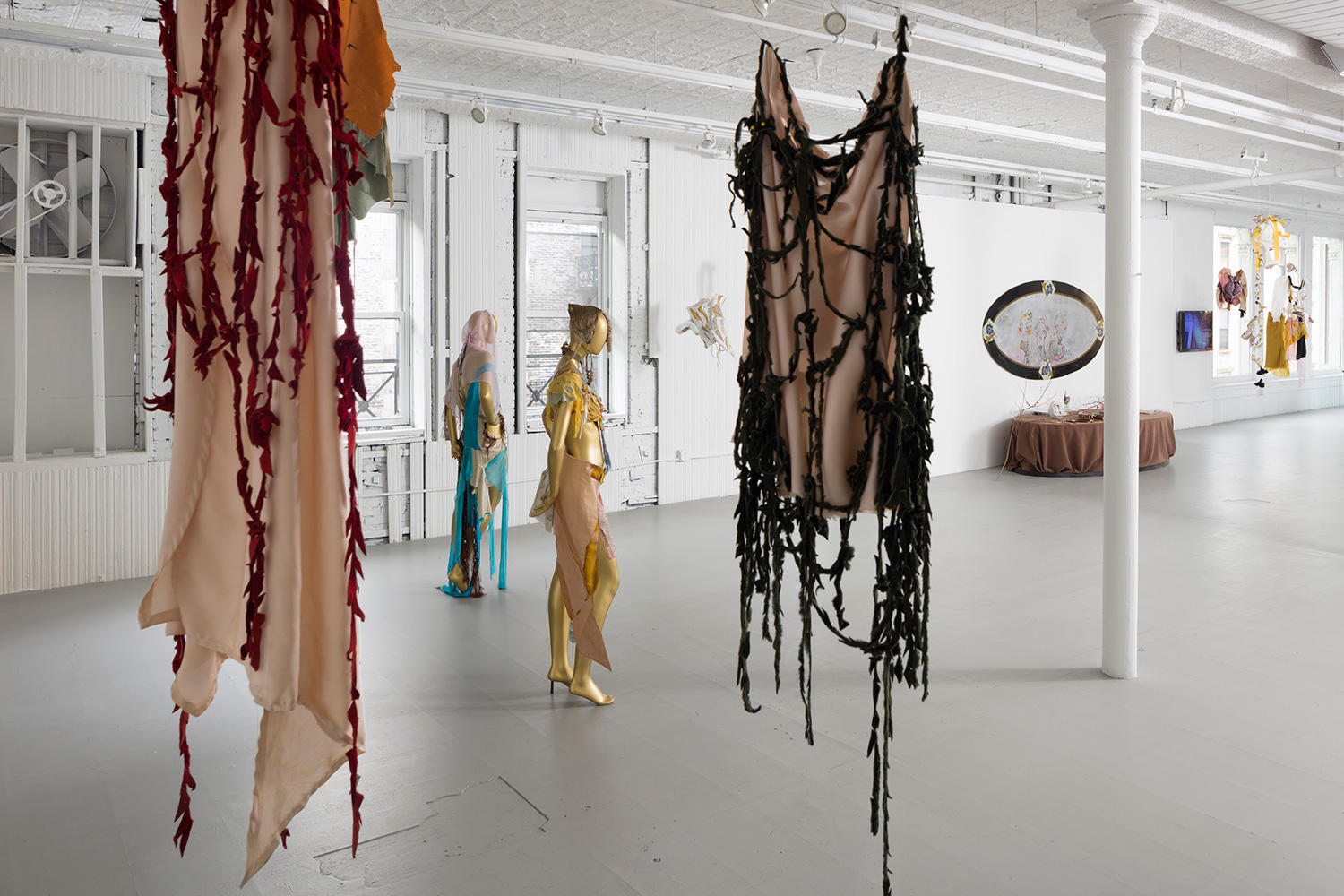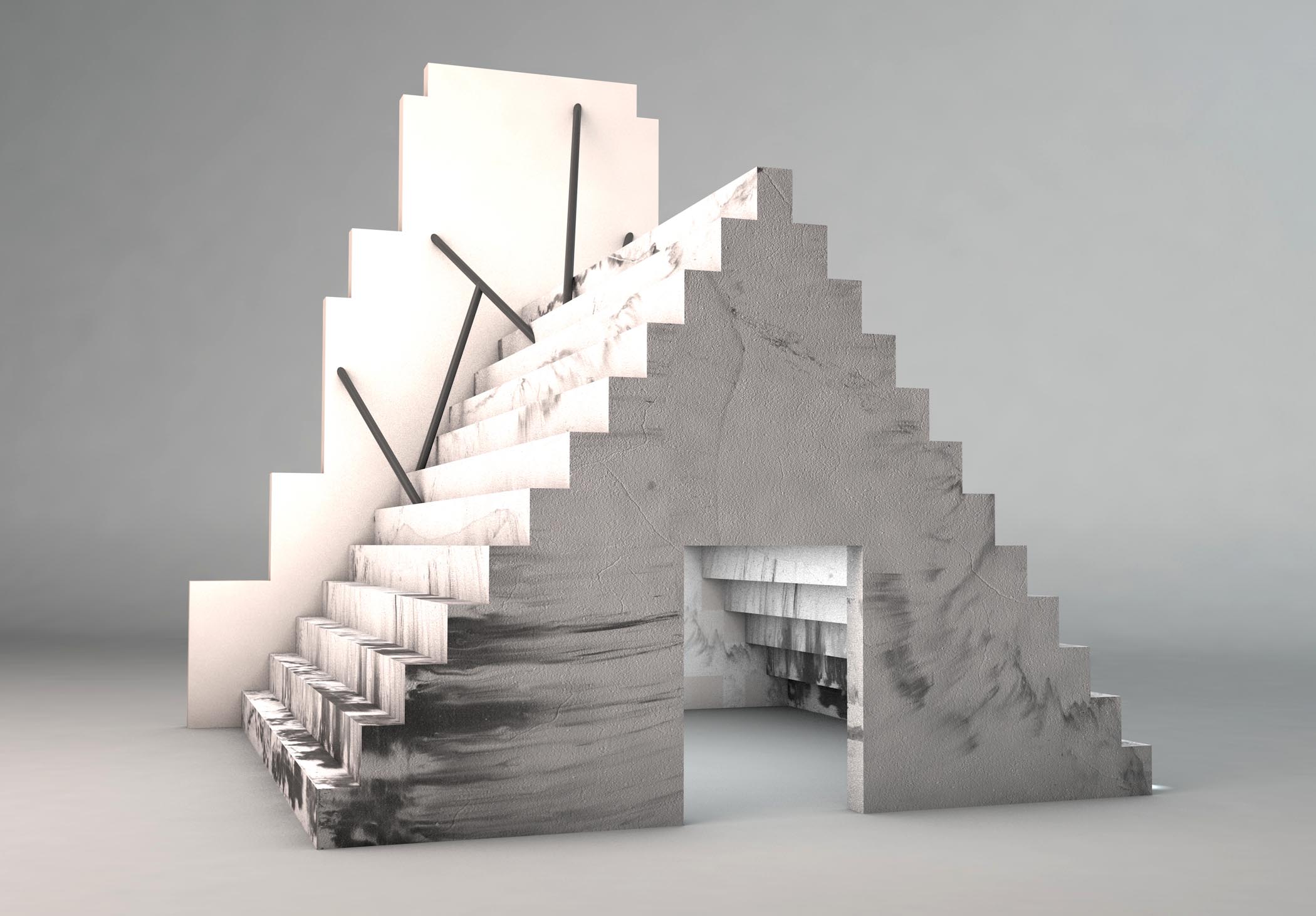A Vogue Idea is a column by Matthew Linde exploring contemporary fashion practice.
Valerie Steele is among a handful of individuals across the world that work as fashion exhibition makers. She is the director and chief curator of the Museum at the Fashion Institute of Technology as well as the founder and editor-in-chief of Fashion Theory: The Journal of Dress, Body & Culture.
The Museum at FIT predominately deals with a traditional exhibition framework: clothes hung on mannequins propped on plinths. Steele operates as a visual anthropologist revealing to us historical truths. While this in itself is a didactic method, the fashion exhibition is also an imaginative space of the social. If the exhibition is a social project, and fashion is concerned with the production of social experience, this makes the fashion exhibition a doubly relational experience. I talked to Steele about her trailblazing role as a fashion academic and curator.
I’d like to start off with the journal you founded in 1997, Fashion Theory: The Journal of Dress, Body & Culture, of which you are still the editor-in-chief. Can you explain the history of the publication and how we might understand its influence within the field?
Fashion Theory was the first peer-reviewed scholarly journal in fashion studies, which really helped establish the field, which is both interdisciplinary and international. Without a peer-reviewed journal, it is difficult to say that a scholarly field really exists.
It was so successful and the field of fashion studies has grown so much that now there are several other journals (although I think Fashion Theory is still the best). I’m especially pleased that Russian Fashion Theory has flourished for ten years; it’s an independent sister journal, which publishes original essays as well as some translations from our journal.
Do you think the profession of “fashion curator” has its own unique set of rules or parameters in contrast to other types of curating?
Fashion curators need to have expertise in the history of fashion and in the theories and methodologies regarding fashion. Some curators are more knowledgeable than others, and it can sometimes be helpful if the curator works together with a professor or other scholar in fashion studies.
Sometimes art or art history curators put on fashion exhibitions, but they really don’t have the expertise to do a good job unless they work with collaborators who can help them. “Impressionism, Fashion, and Modernity” was a great show, because it brought together both art historians and fashion historians.
Even just in terms of mounting a fashion exhibition, you need specialist knowledge that only trained fashion conservators and installers have. Putting a painting on the wall is easy. Dressing and mounting a mannequin is not. Some fashion exhibitions have the silhouettes all wrong.
I’m interested in how the exhibition can break from history and into new relational qualities. I’m thinking of germinal exhibitions such as Judith Clark’s “The Concise Dictionary of Dress,” which prefaces a psychological approach to dress. As you yourself have lamented the hegemony of the blockbuster, how do you see the fashion exhibition form opening up?
Judith Clark is brilliant. I did not see “The Concise Dictionary of Dress,” but I loved “Malign Muses: When Fashion Turns Back.” That set a whole new paradigm for creating fashion exhibitions. It had an immediate influence on my work — for example, on “Gothic: Dark Glamour.” I’m sure that “Utopian Bodies” was also influenced by Judith.
The rise of labels that refute the fashion system while at the same time taking its reigns (I’m thinking now of Hood By Air and Vetements) seems to reflect the contemporary condition of the inextricable and mutual relationship between centers of power and the periphery. Working in the paradigmatic city of this dichotomy, who do you see as energizing voices of dissidence within New York fashion?
In fashion, designers on the periphery can often move suddenly into the center — with Vetements, for example, becoming almost instantly an obsession with fashion people. Hood By Air also has energized New York fashion. But fashion people are fickle; you can be THE hot new brand one year and old hat the next. It’s really hard to maintain avant-garde status: Margiela did it, and Comme des Garçons.
You have previously stated that the FIT Museum should not be understood as a Kunsthalle. I’m interested to know how the Museum collects new works by designers. What are the criteria for acquisitions?
The collection of the Museum at FIT encompasses more than fifty thousand garments and accessories from the eighteenth century to the present. We acquire contemporary looks every year. Obviously, our criteria is ultimately based on which designers and which collections we think will have a significant influence on fashion history. However, as with purchasing contemporary art, this is a bit of a guessing game (and, perhaps, a bit of a self-fulfilling prophecy). Art museums make “mistakes” all the time, but they also help establish lasting reputations. And sometimes their “mistakes” are reassessed in later years. Realistically, we have limited funds, space and time, so we also focus on acquiring looks that we plan to use in a particular upcoming exhibition. I believe that Comme des Garçons is extremely important, for example, and we regularly acquire CDG, but we really ramped up our acquisitions of contemporary Japanese fashion in the years just prior to our exhibition “Japan Fashion Now.”
You often refer to the style of reactionary individuals, not just designers, as a way to decode fashion. It returns fashion back to its relational roots, iterating, as curator and fashion researcher Robyn Healy argues, fashion as the production of experience. A crucial exhibition at FIT to address this was “A Queer History of Fashion: From the Closet to the Catwalk.” Could you tell us how you came to co-curate this show and how you approached it?
My colleague Fred Dennis and I were going out to lunch one day when he said, “We should do a show on gays and fashion,” and I was immediately convinced that this was an incredibly important and under-researched idea. We put together an advisory group of scholars who have worked on LGBTQ studies together with designers and other LGBTQ individuals to get a really wide perspective. By putting together information from LGBTQ history and fashion history, we got a new perspective.
What would be your dream subject matter for a show?
I’m always most enthusiastic about my current projects, in this case, “Pink” (2018) and “Paris, Capital of Fashion” (2019).


